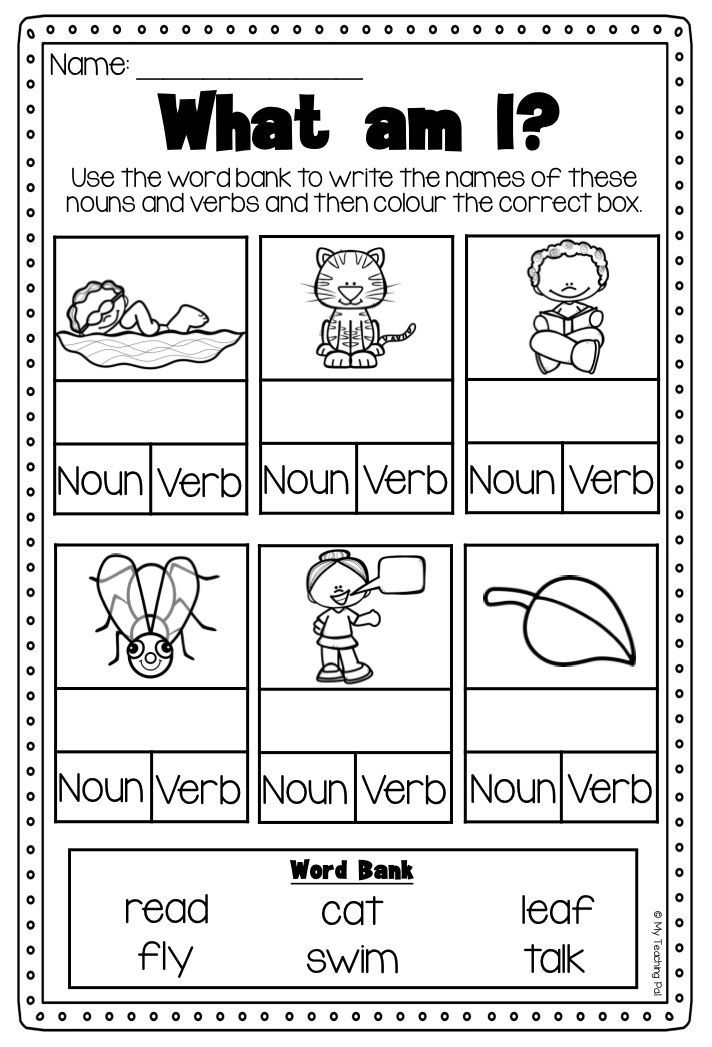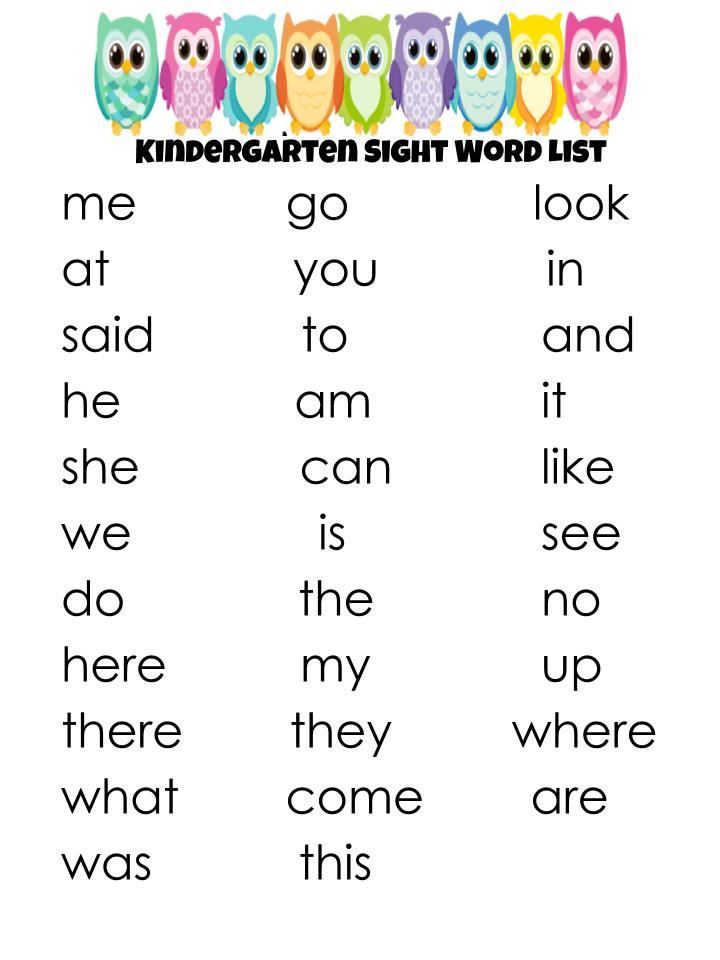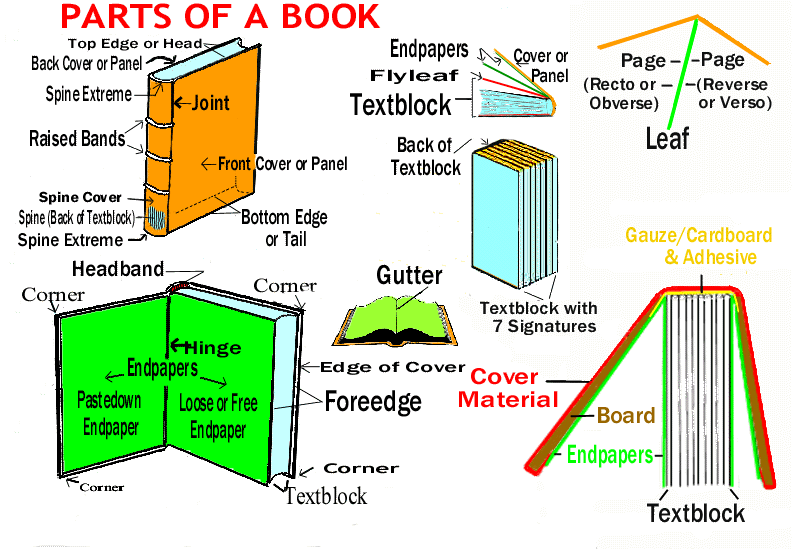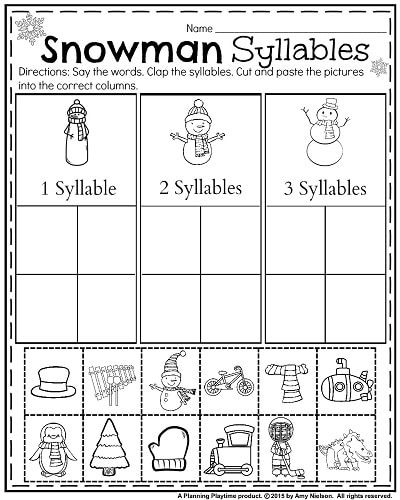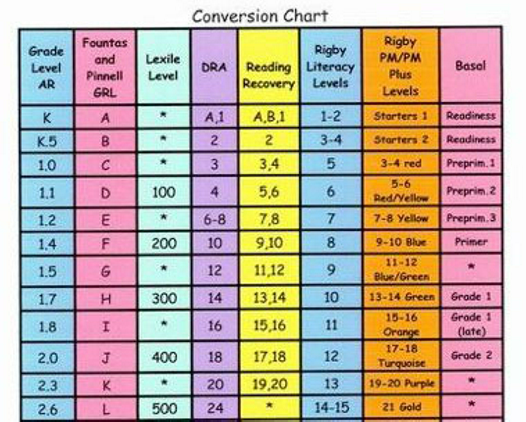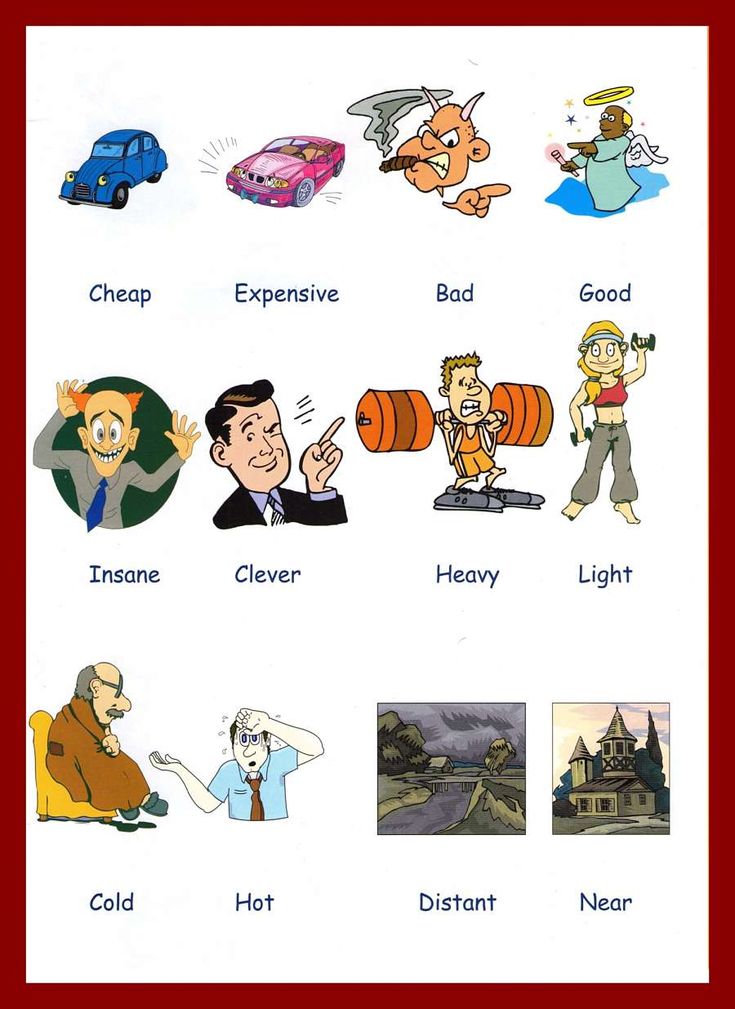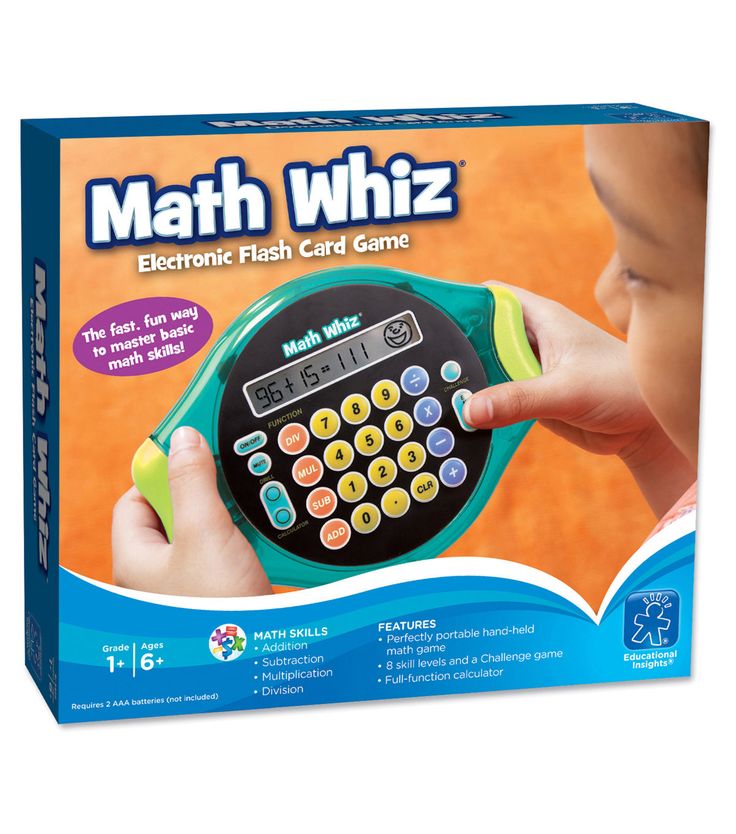Verb activities for first grade
5 Fun Activities for Teaching Verbs in the Primary Grades
Looking for some activities for teaching verbs to your Kindergarten, 1st, or 2nd grade students?
Whether your students are just starting to learn about the parts of speech or are well on their way to being grammar gurus, these five activities will make learning about verbs a ton of fun!
Activity #1: Play Simon Says with action words.Introduce the concept of verbs as action words with a game of “Simon Says!”
First, brainstorm a list of action words with your students to use for the game.
You can also use these ready-made word cards from my Kindergarten Grammar Alive curriculum – just cut them out and make a stack or stick them on a binder ring for easy access:
This activity works well as part of a mini-lesson about verbs, and you can also play again during transitions.
Activity #2: Have students look for verbs “in the wild.”In order for grammar to be meaningful, students need to make connections between grammar concepts and actual text.
As a class, we practice identifying verbs in sentences (and acting out the sentences, too!):
Students can also search for verbs in the books they read:
Both of these activities come from my First Grade Grammar Alive program.
Activity #3: Build Verb Vocabulary with GamesBuilding students’ verb vocabulary is important – both for helping them learn verb shades of meaning (see Activity #4 for more on that) AND for helping them learn to use a variety of verbs in their writing.
One easy way to build their vocabulary is to play charades. You or a student acts out a verb, and the class guesses what verb they’re trying to show.
Here’s another verb vocabulary game, where students move around the board and have to name the depicted verbs that they land on:
Activity #4: Put Verbs in Order to Practice Shades of MeaningTo teach students how to choose just the right verb for their writing, work on verb shades of meaning!
First, model how to put the verbs “jog,” “run,” and “sprint” in order from slowest to fastest.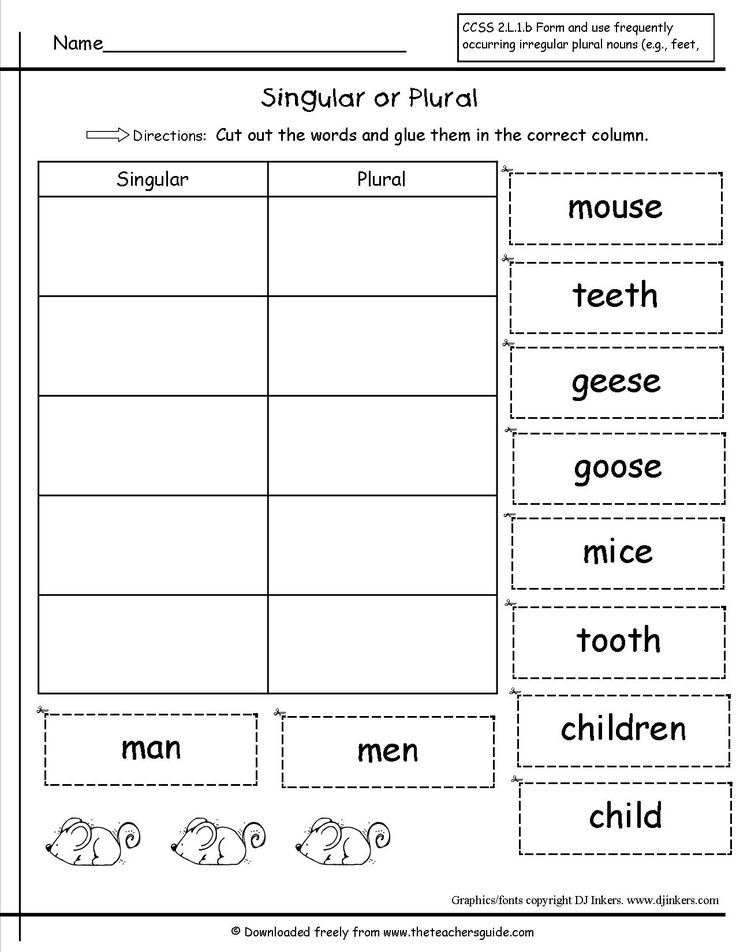
Then, divide students up into small groups. Give each group their own set of cards to put in order.
Once students have ordered the verbs, they can present their work to the class and get feedback.
Finally, you can glue the groups of verbs to chart paper. This creates an anchor chart that students can refer back to during writing time!
Activity #5: Play “Parts of Speech 4 Corners“Once your students have learned about verbs and other parts of speech, get them up and moving with a few rounds of 4 Corners!
To play, label the corners of your classroom as:
Nouns
Verbs
Adjectives
“WILD CARD!”
Give each child a word card. The words on the cards should be a mix of nouns, verbs, and adjectives. Several of them should say “WILD CARD.”
Students should read the word on their card and then go to the corresponding corner of the classroom.
You or a student leader should stand in the middle of the classroom, eyes closed.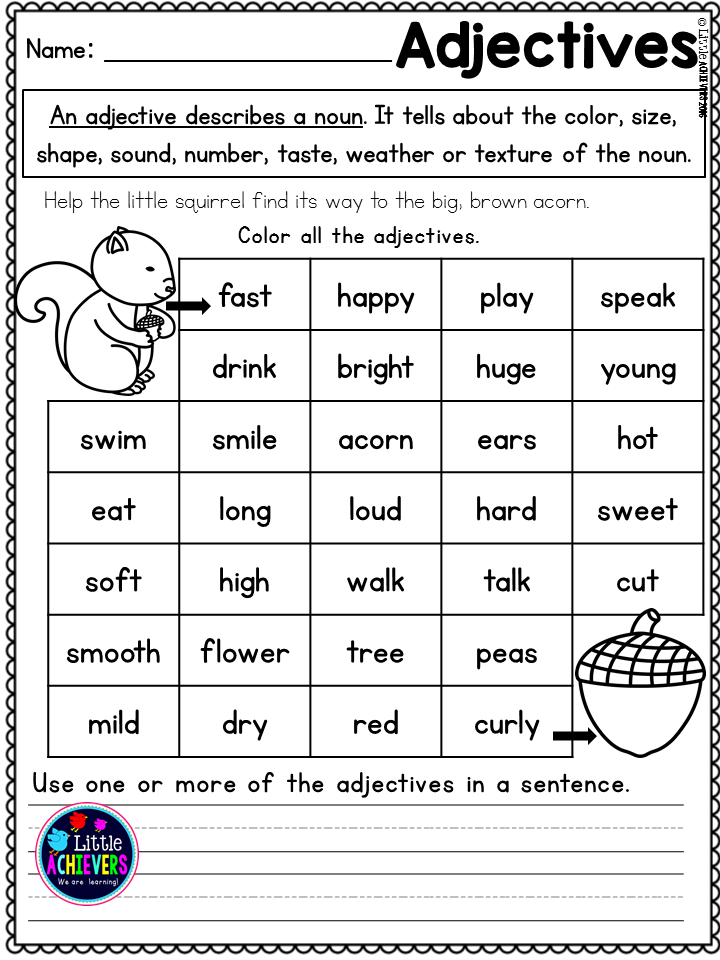 The leader calls out a corner (nouns, verbs, adjectives, or wild card) and all the students who were standing in that corner are out of the game and must sit down.
The leader calls out a corner (nouns, verbs, adjectives, or wild card) and all the students who were standing in that corner are out of the game and must sit down.
The remaining players trade cards and go to the corresponding corner. Again, the leader calls out “nouns,” “verbs,” “adjectives,” or “wild card,” and the game continues.
Keep playing until only one student is left – that student becomes the leader next!
All the materials to play this game are included in my First Grade Grammar Alive curriculum.
Need more ideas and materials for teaching grammar?I hope you got a few new ideas for teaching verbs!
For complete grammar lesson plans and many more grammar activities (including the ones featured in this blog post), check out my Grammar Alive programs for Kindergarten, first grade, and second grade:
Or maybe you already have a grammar curriculum – but you stil need independent practice activities for your students!
If so, check out my BoomCardsTM Grammar Games.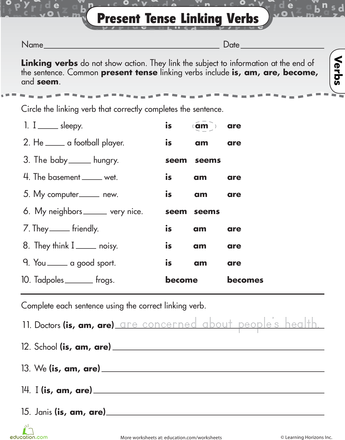 They’re digital grammar activities that your students can use on any computer, chromebook, or tablet with internet.
They’re digital grammar activities that your students can use on any computer, chromebook, or tablet with internet.
My students love using BoomCards!! And the audio directions are great for providing support even when students are working independently.
Happy teaching!
How to teach Verbs - Primary Grammar with FREE activities — Keeping My Kiddo Busy
PRIMARY GRAMMAR UNIT 3: VERBS
It is time to teach verbs!
My students have come so far with their understanding of sentence structure since we studied Unit 1 Nouns and Unit 2 Adjectives.
This is now where the magic happens. A light bulb clicks on and students truly start understand the patterns in our language and sentence structure.
Plus, this unit about verbs is SO much fun! I share a ton of freebies for you to try right here on this blog post.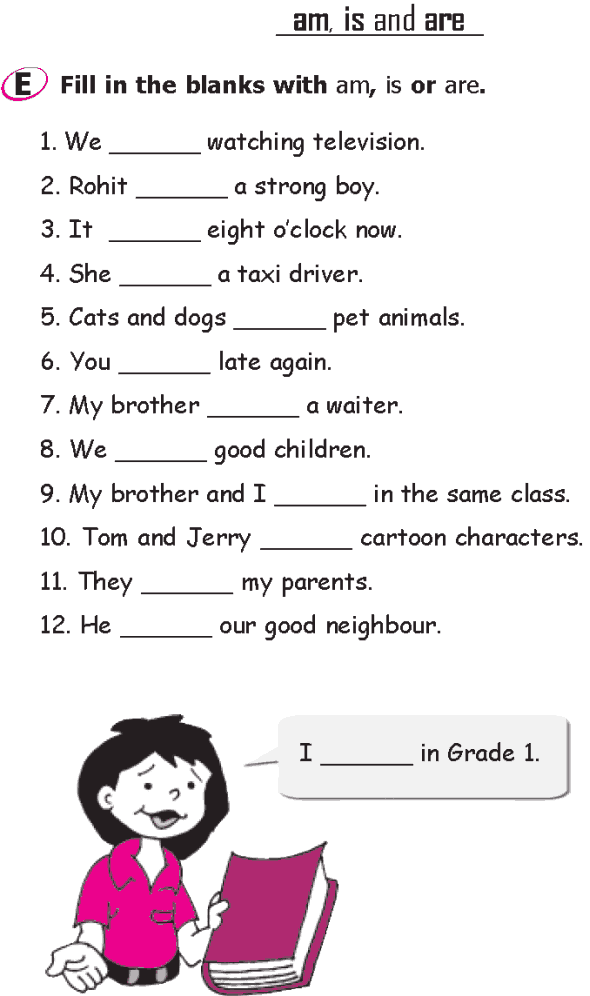
All the lessons and activities are planned out for you! 40 lessons are outlined in my plans, but you can use all of the worksheets, centers and activities as you see fit.
The unit progresses sequentially and slowly builds on itself. We start with very basic sentence diagramming and identifying parts of speech.
I tell my students that a sentence can be two words because all it needs is a subject (noun) and a verb.
Who or what is the sentence about? SUBJECT
What do they do? VERB
I have a little song/chant I do and the kids pick it right up. Sometimes they simply don’t now where to start when diagramming sentences or trying to identify parts of a sentence.
So I sing the little song, “Who or what is the sentence about?” and this is a little hint for them.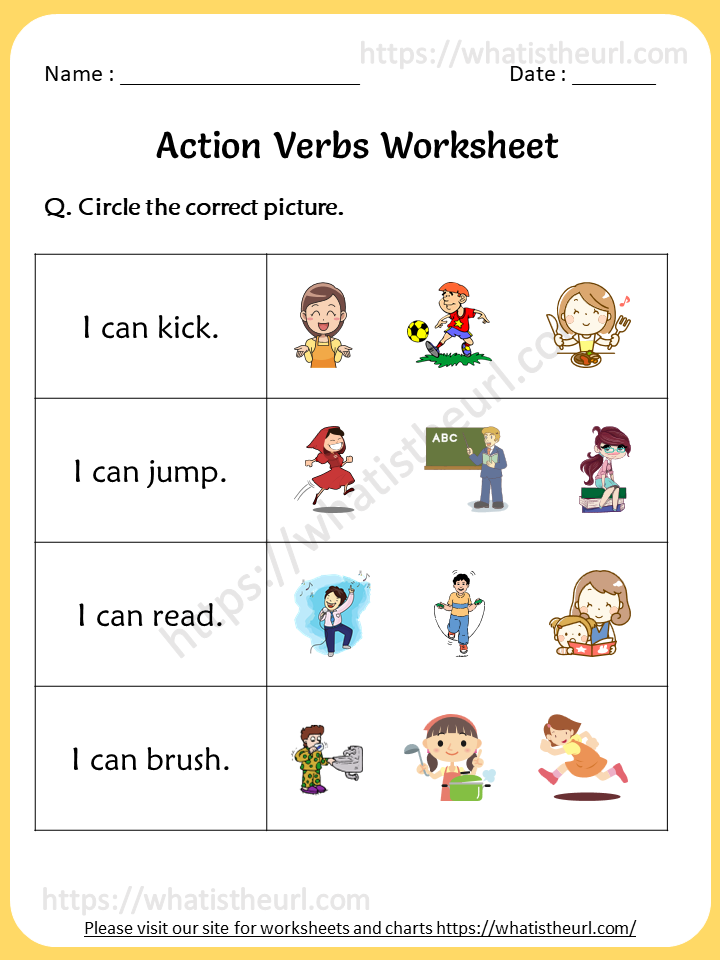
Tip: always start with finding the subject of a sentence. After you find the subject, it is much easier to figure out the verb.
The first few lessons, I show slides and ask those two questions. I use the same sentence structure and this builds student confidence.
We are then ready to put our skills into action! The first few activities in this unit are structured so students can be successful and their confidence sky rockets.
Teaching grammar to primary students does not have to be complicated or overwhelming.
The worksheets help students apply what they learned and you can check for understanding.
They can write the sentences as you show the slides and this keeps them engaged. This can also be used as a follow up literacy center.
We are learning about action verbs in these lessons!
Teaching students that an action means “to do” something is super helpful. A trick I teach them is to put the word “to” in front of a word to see if it is an action.
This leads perfectly into lesson 5. What can you do at ___________
There are six places, and students sort the actions based on what you can do in each scene.
After we do hands-on activities, I always have a follow up activity to solidify concepts taught as well as for accountability.
I need to see that students are understanding what they did in the activity, and I have students write as much as possible.
On the recording page, they write what they can do (the verbs) at each of the six places.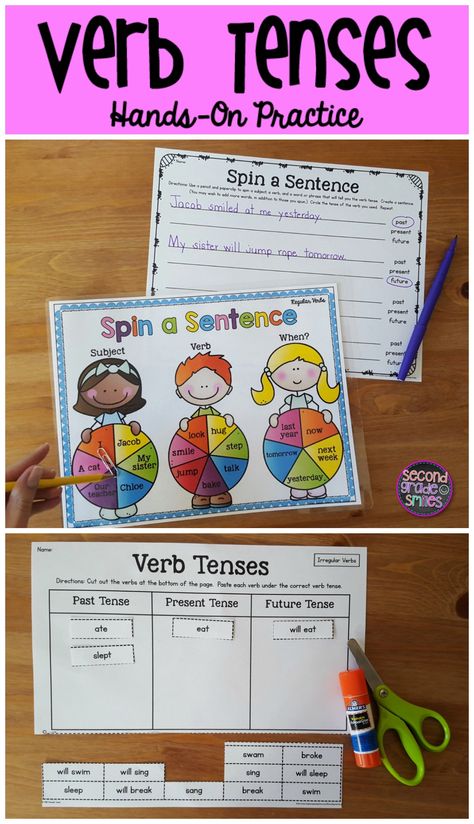
We have had enough practice now that I tell students it is now their turn!
They have to generate verbs for each sentence.
This is a great check in or quiz to see where they are at.
Next up in this unit is a super fun game, similar to the one we did with matching adjectives to nouns.
They already know the format so it is quick and easy to get going.
There are so many ways to play this game. We always say sentences orally first and identify the subject and verb.
You can play go fish, memory, or just practice matching the cards. Then they can write their own sentence for each subject/verb pairs on the recording sheets.
I spend several days on this activity. This is an amazing activity for language development.
We are ready to move on to linking verbs!I love making the linking chain sentences to introduce linking chains because it really helps students understand how linking verbs just link the subject to the rest of the sentence.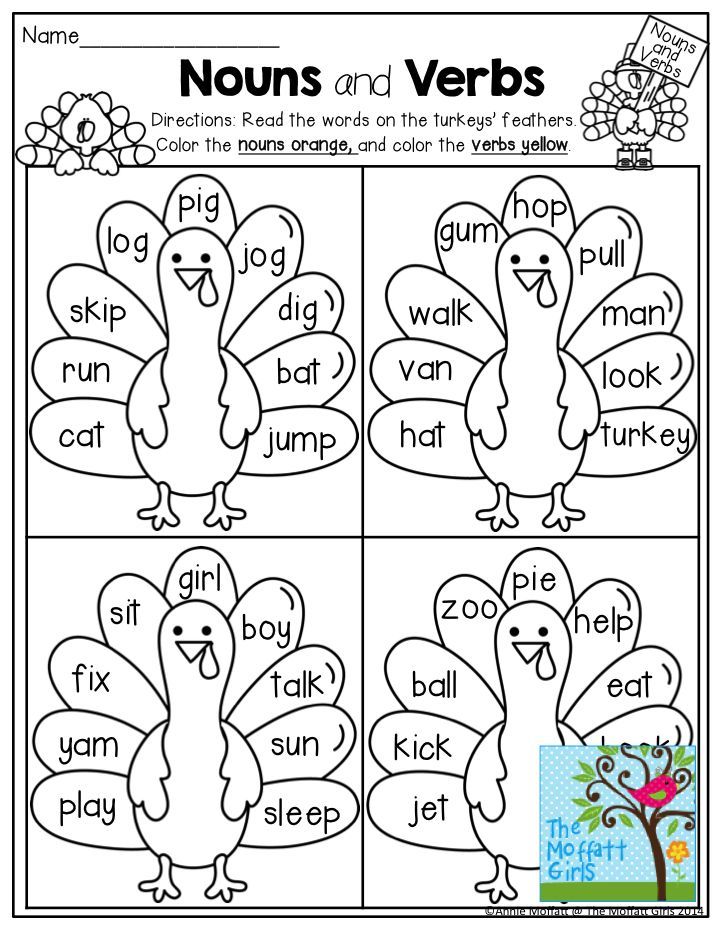
Here are some of the activities we do for the next few lessons.
I wish someone had taught me that when I was younger!
Now they are ready for these worksheets/activities.
ACTION VERBS VS. LINKING VERBS
These are similar to my noun hunts.
Students look through the picture and find all the verbs. They must write the verbs under the correct column - action or linking? Then they write a sentence using one verb on their own.
I use these over several days, and you could even use one as a quiz to check for understanding.
It is time for superhero verbs!First, students fill in the missing verbs using the word bank in lesson 20.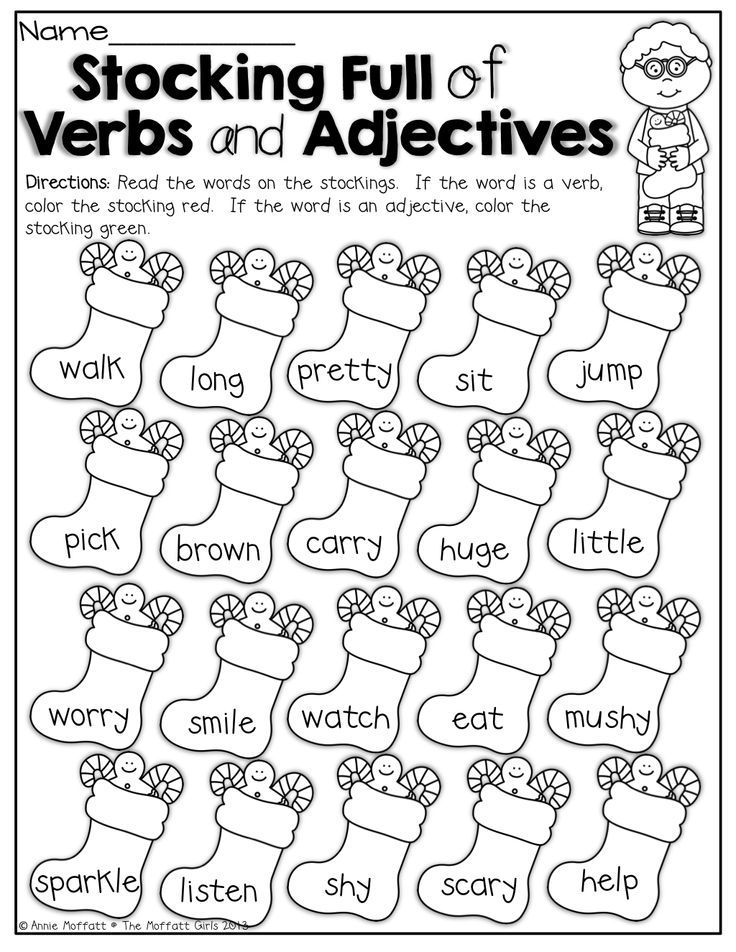 Both action and linking verbs are included.
Both action and linking verbs are included.
The next day, students get to write a superhero story using exciting verbs (a word bank is provided.)
I love seeing students be so successful as I pull the scaffolding back.
I designed this unit so students can become successful on their own while reading, writing and understanding parts of speech.
What are helping verbs?We are progressing right through this unit, and now that we have learned action verbs and linking verbs, we can now tackle helping verbs.
This is a little more confusing for children to learn, which is why they come after the first two kinds of verbs.
Helping verbs are essentially linking and action verbs combined. When you have a linking verb right before an action verb, the inking verb is helping the action verb.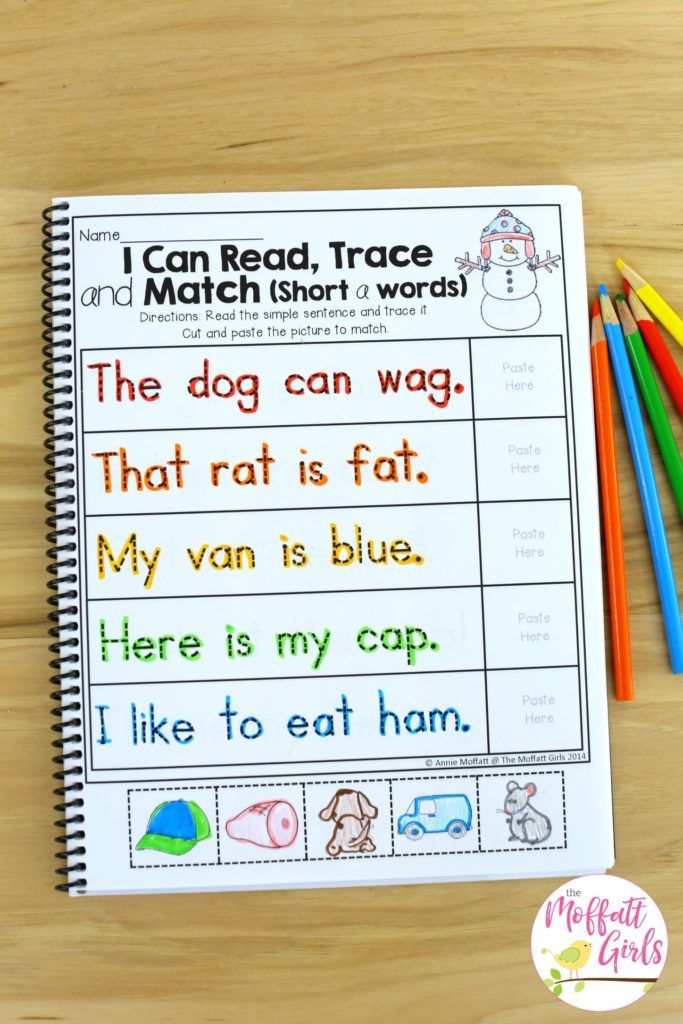
Examples: is sleeping ; am laughing : were driving
When did it happen? How to teach verb tense.I spend a few days teaching verb tense. For many children, this will come naturally, but it helps with overall language development and awareness.
These lessons are incredibly beneficial if you have ELL students.
Students love matching the puzzles and completing the follow up activity by cutting and pasting the irregular verbs.
Next, we use these adorable color coded verb cards.
I suggest laminating them so they can be used in pocket charts.
Here is a great pocket chart that stands up so students can use these cards in a literacy center.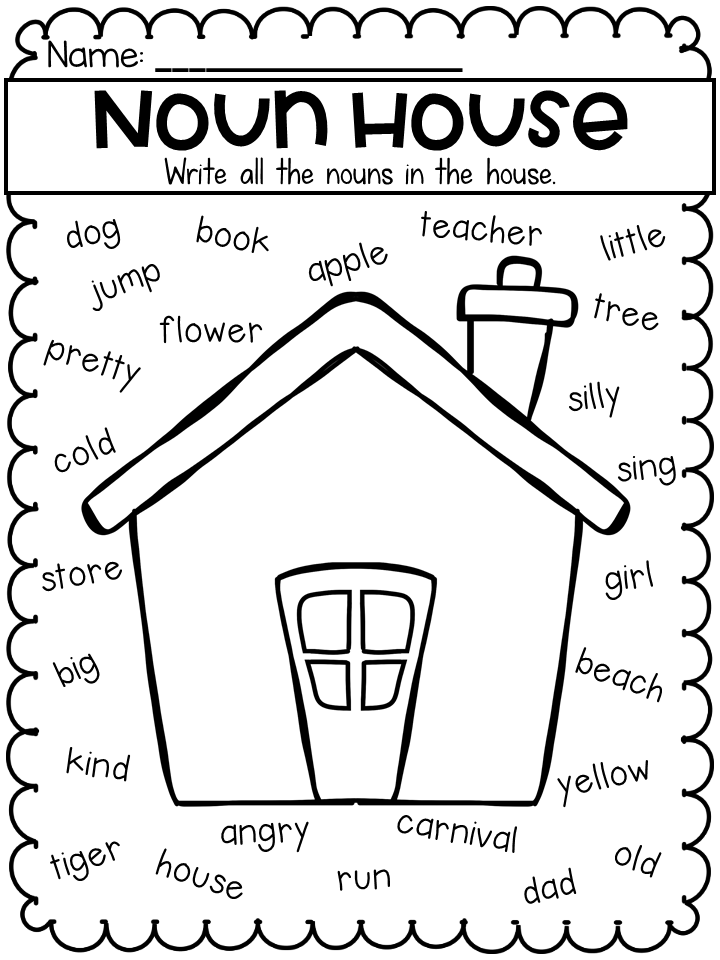
There are so many fun games to play with these colorful cards.
They are color coded so children can match the verbs, and then they can also be sorted based on their inflectional endings.
For example, I start with matching all the verbs (shown on the left).
Then we sort based on the patterns with inflectional endings.
Sometimes you can just add -ed and -ing and the spelling of the base word doesn’t change.
However, sometimes there are tricks like dropping the silent e (bake = baking), or doubling the last consonant (hug - hugged).
The recording pages are perfect for accountability after they sort the cards.
I always use a follow up activity to hold students accountable for tasks completed during centers. It is also a great check for understanding.
I finish the unit with a few lessons on verbs that are synonyms and antonyms.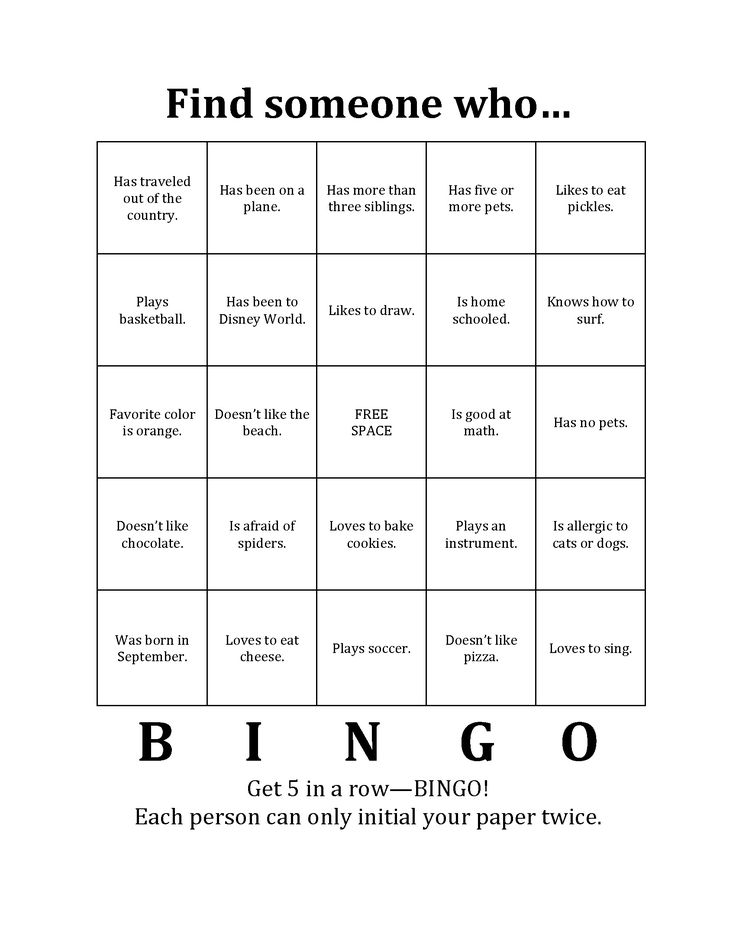 Students match and substitute verbs that means almost the same thing, as well as verbs that mean the opposite.
Students match and substitute verbs that means almost the same thing, as well as verbs that mean the opposite.
These are great lessons for making connections and expanding their vocabulary.
WATCH THIS QUICK VIDEO TO SEE HOW FUN THIS UNIT IS TO TEACH!“This unit makes learning grammar both fun and engaging. The lessons are easy to follow and there are many opportunities for students to practice what they have learned.”
“Just perfect for my K-2 class. Looking forward to other units. Awesome resource : )”
“Fabulous resource! Buy it!!!!!”
CLICK HERE TO PURCHASE
TRY A FEW FREEBIES!
CLICK HEREGrammar, First Grade, writing, Writing, Worksheets, Literacy Centerskeepingmykiddobusy@gmail.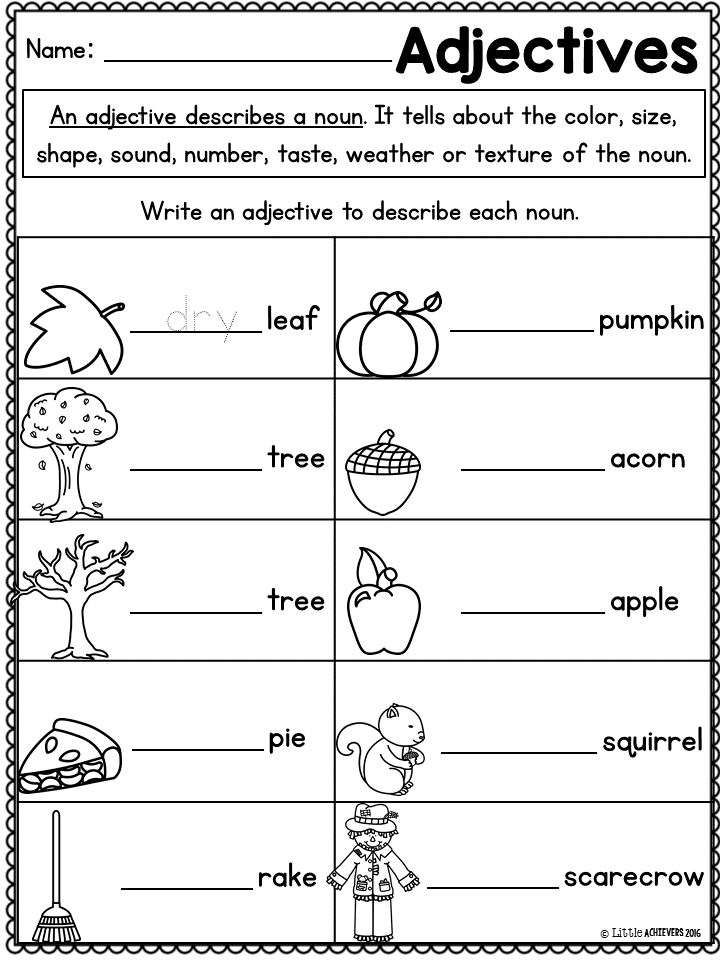 comVERBS, grammar, first grade, nouns1 Comment
comVERBS, grammar, first grade, nouns1 Comment
How to determine the perfect and imperfect form of the verb?
Basic definitions
First, let's remember what a verb is.
The verb is a part of speech that designates an action or state as a process and expresses this meaning using the categories of aspect, voice, mood, tense and person.
Verbs answer questions: what to do? what to do? what have you been doing? What did you do? what do they do? what will do?
Verb examples:
View in Russian is a constant grammatical feature of verbs, which is possessed by conjugated verbs, infinitives, gerunds and participles. It shows how some action of the verb proceeds in time:
-
completed and one-time (read, passed)
-
incomplete and repeatable (lives, does).
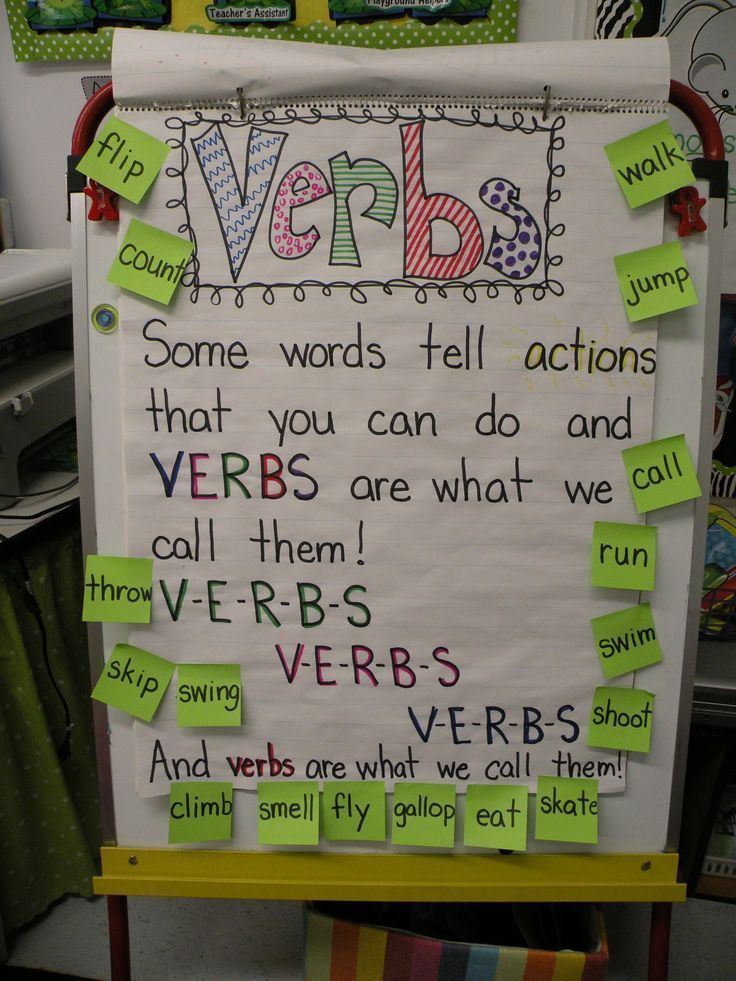
What types of verbs are there in Russian:
Now let's find out what the perfect and imperfect verbs are and give examples of perfect and imperfect verbs.
Demo lesson in Russian
Take the test at the introductory lesson and find out what topics separate you from the "five" in Russian.
Perfective verbs
Perfective verbs in indefinite form answer the question: what to do?
Perfective verbs have two tense forms:
In any tense form they call:
-
an action that is limited by some limit;
-
result, completion of an action or a separate step.
Examples of perfective verbs:
-
what did you do? sat down - past tense, the action is completed and was done once, that is, it was not repeated;
-
what will they do? they will talk - the future simple tense, the action will be done and will not be repeated.
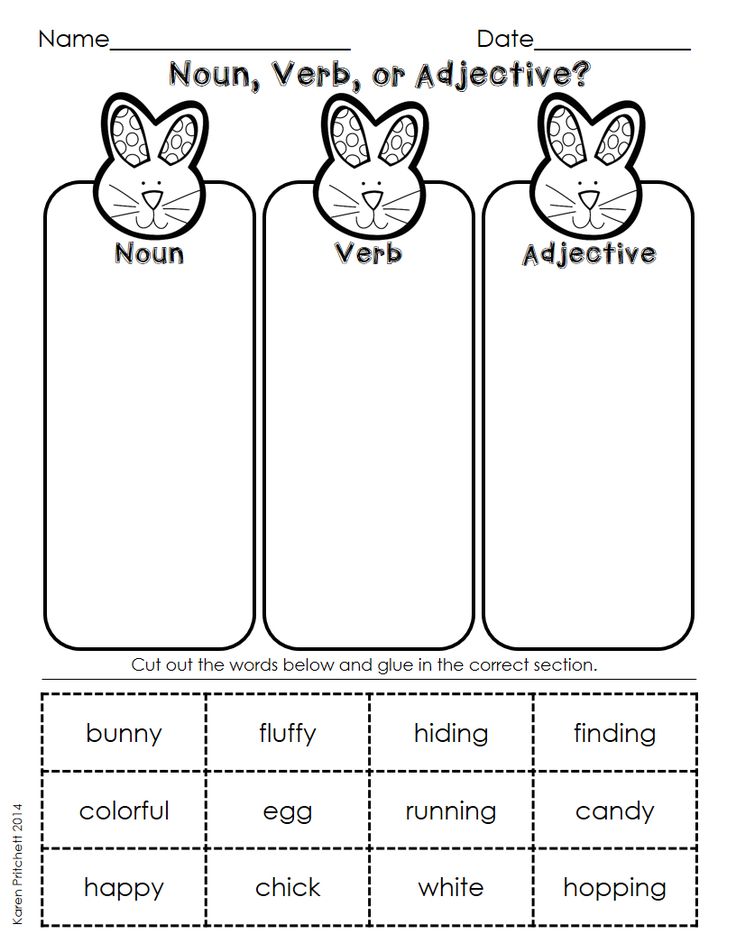
-
what to do? close, pay, perform;
-
what to do? identify, answer, simplify.
Perfective verbs can also denote actions that have already begun or are about to begin: I spoke, I will speak.
Imperfect verbs
Imperfect verbs in the indefinite form answer the question: what to do?
Imperfective verbs have three tenses:
They denote:
In any tense, they denote a repeated or ongoing action, without indicating whether the action has been completed.
Examples of imperfective verbs:
-
what did you do? jumped - past tense, the action could be repeated several times and it is not known whether the result was achieved;
-
what are they doing? they are watching - the present tense, the action continues and it is not known how long the action has been going on and how long it will continue;
-
what will I do? I will dance - the future is a difficult time, the action can be repeated and there are no signs that it will be completed.
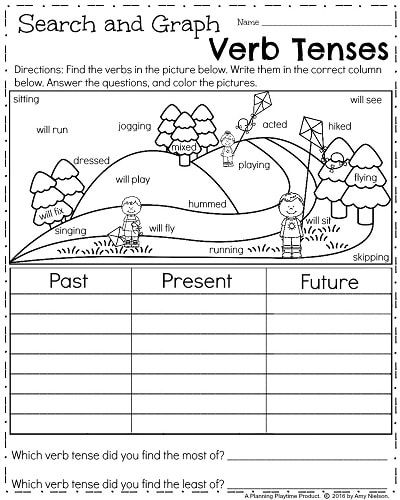
-
what to do? talk, paint, run;
-
what to do? drag, go.
Imperfective verbs can also denote actions that have begun, are beginning or will begin: I looked, I look, I will light.
Now we know what questions are answered by perfective and imperfective verbs. And here is a cheat sheet to consolidate and learn the difference of two types:
Open lesson in Russian in grade 4 on the topic "Spelling of verbs"
Subject lesson "Spelling" verbs. Repetition»
Class 4
The purpose of the lesson: to develop the ability to recognize verbs in the form of the 3rd person and in indefinite form; repeat the spelling rules -tsya and -tsya in reflexive verbs, the spelling is NOT with verbs.
Tasks: repeat the spelling rules -tsya and -tsya in reflexive verbs; work on enriching vocabulary, develop spelling vigilance; attention, memory, speech of students, intellectual abilities of children; create conditions for the disclosure of their capabilities by each child, to form aesthetic feelings, to cultivate interest and love for the Russian language; positive attitude to learning, to knowledge; respect and care for nature.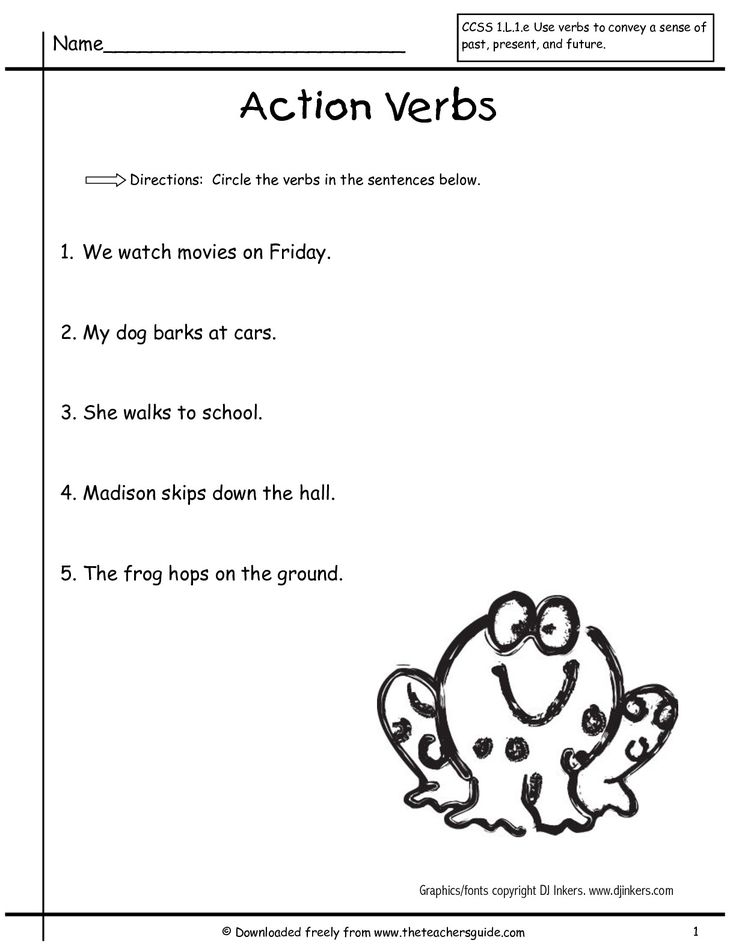
Formed UUD.
- Cognitive: independent selection and formulation of cognitive goals; search and selection of the necessary information; analysis, comparison, classification of objects according to selected features; synthesis; construction logical chain of reasoning; proof.
- Communicative: possession of monologue and dialogic forms of speech in in accordance with the grammatical and syntactic norms of the native language.
- Regulatory: staging learning task; comparison of the method of action and its result with a given standard; assessment of the quality and level of assimilation of the material.
- Personal: establishment connection between the purpose of educational activity and its motive.
Equipment: textbook, explanatory dictionaries, rocker drawing, cards for research work, cards of differentiated tasks, sheets knowledge diagnostics, support cards -tsya, -tsya, presentation.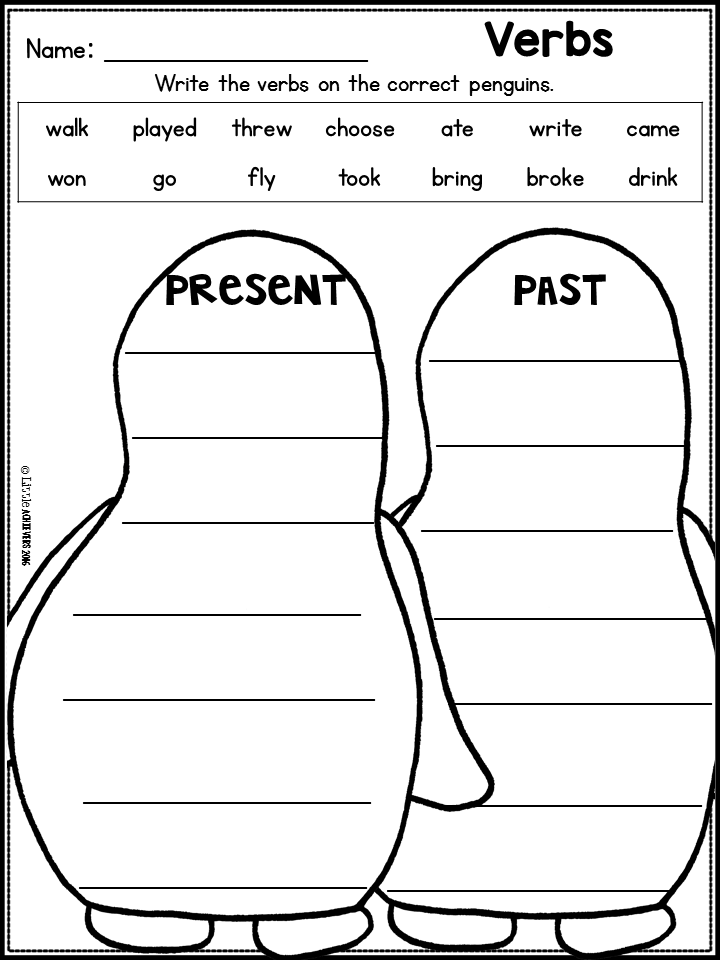
Lesson progress.
1. Org. moment.
Teacher: Hello guys, sit down. We have an unusual lesson today. In our lesson guests are present. And I want to start it with a parable.
Psychological “Everything is in your hands” attitude.
Parable.
"There was a wise man, who knew everything. One person wanted to prove that the sage does not know everything. holding in the palms of a butterfly, he asked: “Tell me, sage, what kind of butterfly is in my hands: dead or alive? And he himself thinks: “If she says she is alive, I will kill her, she will say dead - I will release. The sage, thinking, replied: "Everything is in your hands."
I didn't start in vain performance with a psychological positive attitude and hope that Today's lesson will be successful.
2. notebooks, write down the number and class work.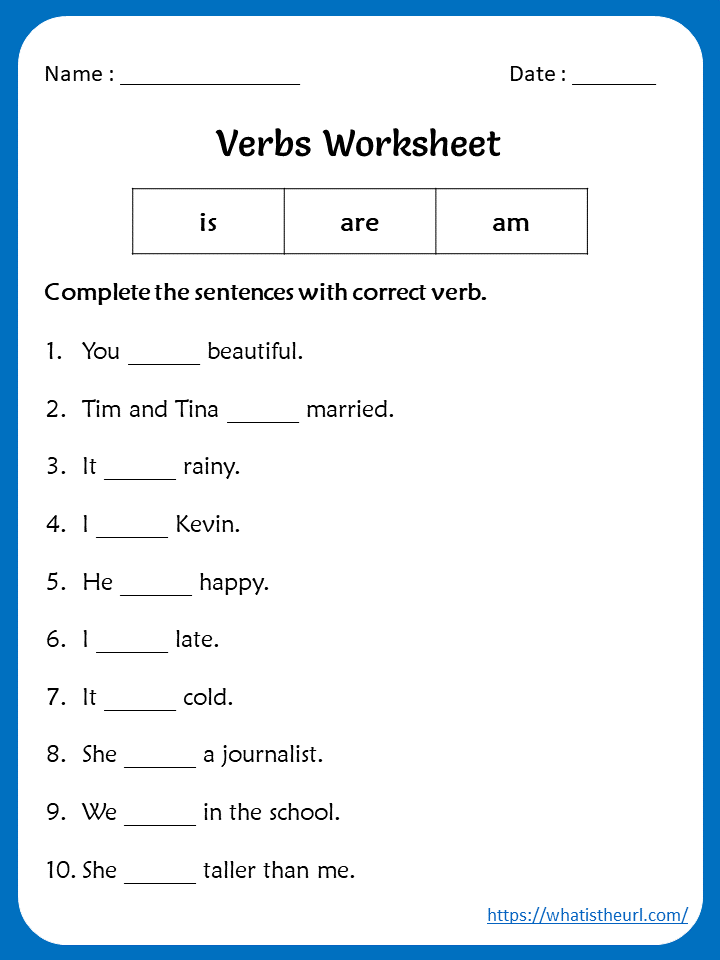
Minutka calligraphy (tsya, tsya, eat, ish)
- Guess riddles, remember the spelling of dictionary words.
1. He is both in summer and in winter -
Between the sky and earth.
Though all my life him go-
He will do everything ahead. (Horizon)
2. I land copala-
Not at all tired.
And who dug with me,
He was tired. (Shovel)
3. Road with rows of trees,
Planted on both sides of it. (Alley)
4. From me you get daily news. (Newspaper)
5. Without windows, without doors
The room is full of people. (Cucumber)
6. Most sour fruit. (Lemon)
Message topics and objectives of the lesson.
Teacher - First Guess what the lesson will be about?
Student - About the verb.
Topic: Spelling of verbs
Teacher - What is the goal will we put in today's lesson?
Today in the lesson we will repeat all the spelling rules of verbs, on some of them let's stop in more detail.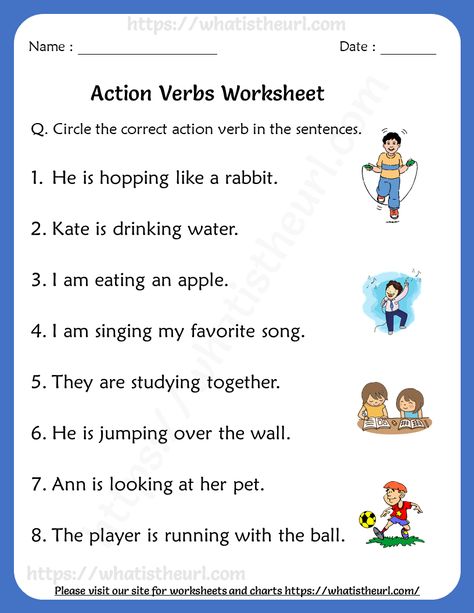
CALL STAGE:
What section of the science of language do we study in class? What do we learn from this section?
Teacher - Tell me everything you know about verbs.
(for each rule task on the screen)
Student 1: Verb - is a part of speech, which denotes the action of the subject and answers the questions what to do? what do?
Card 1 : Write out the verbs .
Write, letter, chicken, strong, riding, say, riding, teacher, teach, hate, sing, song.
Apprentice 2: Verbs have an indefinite form and a personal form.
Card 2 : Write the words in two columns
1 - indefinite verb form;
2 - personal form verb.
Name, play, walk, go, ran out, teach, cry, went, go around, light, collect, blow, live.
Apprentice 3: Verbs are either perfective or imperfective.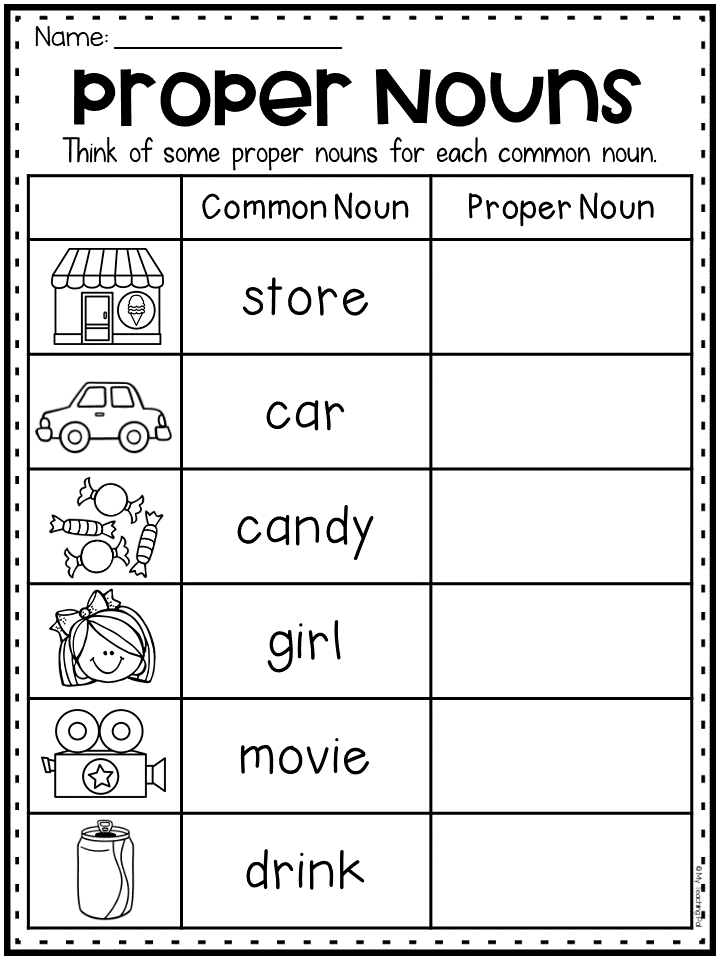
Card 3: Write down verbs in two columns
1 - perfect view;
2 - imperfect view.
Write, believe, sing, clean up, write, fly, clean up, fly out, believe, sing.
Student 4: U verbs have no prepositions.
Card 4: Write off, open the brackets
(along) the path, (to) jump, (to) pour, (to) stroke, (along) the path, (to) call, (pro) run, (in) her
Student 5: Not with verbs are written separately, except for words that are not used without not.
Card 5: Write off, open brackets
(does not) bite, (does not) let, (not) will, (not) did, (not) hate, (does not) get well, (does not) sleep, (not) studying
Student 6: A soft sign after hissing is written in all verb forms
Card 6: Write out verbs, opening brackets
Night(?), beam(?), cherish (?), you know (?), devil (?), without clouds (?), prickly (?), dormant (?)
Student 7: Spelling tsya and tsya In n.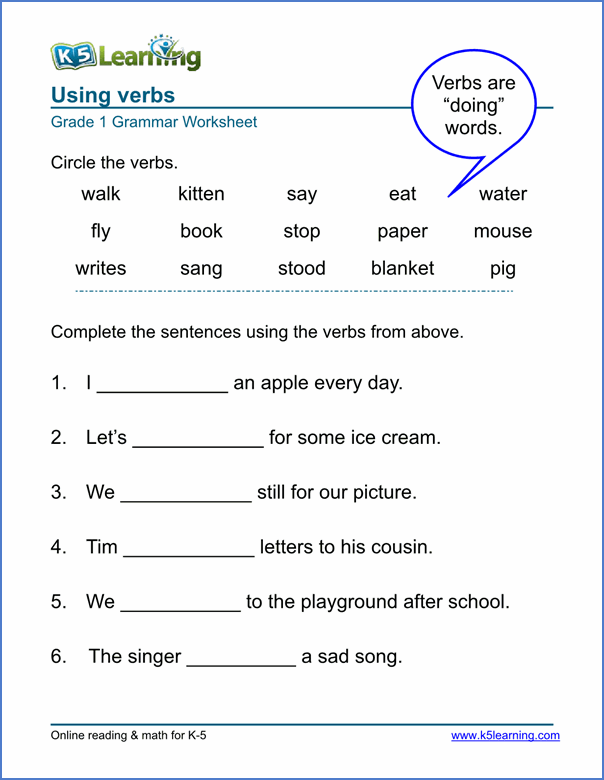 f - tsya, in lf. 3 persons and many others. numbers are
f - tsya, in lf. 3 persons and many others. numbers are
Card 7: Write down the words in two columns
1 - to be;
2 - ts.
Wonder, surprise[ca], smile[ca], smile[ca], case[ca], it may happen[ca]
Student 8: Conjugation of verbs.
Card 8: Write words in two columns
1 - I conjugation;
2 - II conjugation.
Lead, tourniquet, watch, read, give, feed, listen, respect, breathe, see, study
And now it's time to rest, but we will rest for the benefit of our organism.
I will read a poem, and you perform the movements that denote verbs.
Swing, spin, Stretch, straighten up, squat, squat, Walk, walk. Stand on your toe, on your heel, Blink, smile, take a deep breath now. Sit down, sit quietly, put everything in order. And get to work.
And now it's time to work on your own.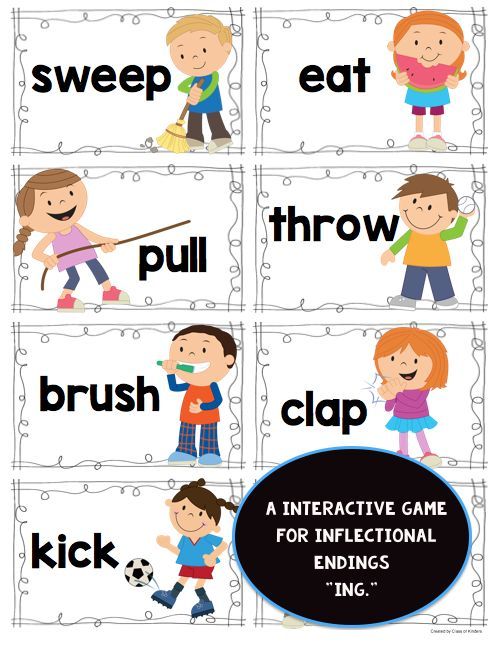
THIS JOB IS UNUSUAL:
You have cards on your tables.
and UNUSUAL ITS CONSISTS IN THAT you have to choose which
task you will perform.
They differ in the level of difficulty. Let's read the instructions on how such tasks are performed and how this work will be evaluated.
Slide Instructions for organizing work with multi-level
tasks.
•Who wants to consolidate their knowledge, know the material better, chooses a task 1
• Whoever feels that he has mastered the material on the topic firmly chooses task 2.
• Who feels confident and wants to test their strengths and capabilities - selects task 3
Slide Instructions for evaluating the results of work
exercises
Level 1 - "3" - "4" (basic, tasks, as a rule, reproductive character)
Level 2 - "4" - "5" (tasks partially search character)
Level 3 - "5" (tasks of a creative nature)
Familiarize yourself with the tasks, CHOOSE what YOU
strength. Who wants to go to the board to complete the task of level 1, 2, 3?
Who wants to go to the board to complete the task of level 1, 2, 3?
Guys, lesson comes to the end. Tell me, please, what was our goal? Have you reached it? (yes)
Tasks, goals completed
And now raise your right palm with the knowledge that you had at the beginning of the lesson, now raise your left hand with the knowledge that you received in our lesson - put them together and thank yourself for the work in the lesson.
Teacher's word: I would like to finish our lesson with the words of K.G. Paustovsky: “With the Russian language can work wonders. There is nothing like this in our life and in our consciousness that could not be conveyed by the Russian word. Sound of music, noise gardens, the heavy rumble of a thunderstorm, the whisper of children and the rustle of sea gravel.” So a word can be called a verb, which we learned about during the study of this topic a lot of new and interesting things. US
there are still many tasks to be completed.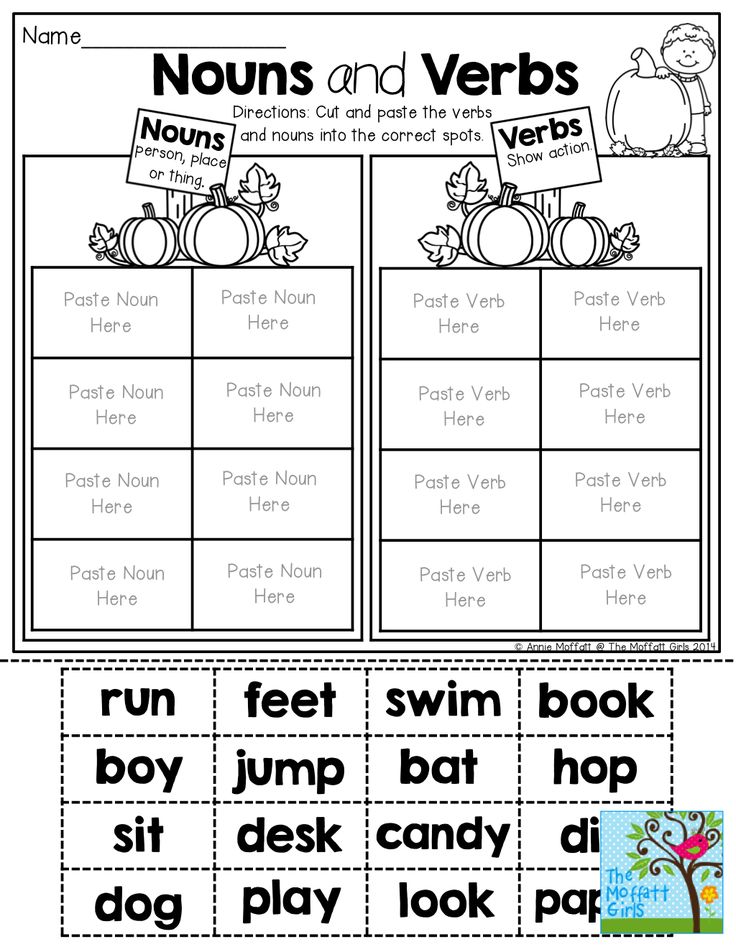 But today we have done everything.
But today we have done everything.
me today It was a pleasure to have you in class. I saw smart and interested children. What if something didn’t work out for someone - it doesn’t matter. Anyway, with every lesson you get smarter.
Home task - creative
Business game "I am a teacher" (Optional)
1. Compose a dictionary dictation on the topic "Verb" (10 - 15 words).
Mark spellings omission of letters or a question mark.
2. Come up with word options for the game "The Fourth Extra" (3 - 4 options).
3. Come up with words based on the studied spellings on the topic "Verb" for
letter dictation (10 - 12 words).
Do your work in a notebook or on slips of paper.
9000 9000
cards for cards independent work
Level 1 indefinite form.
Shew - .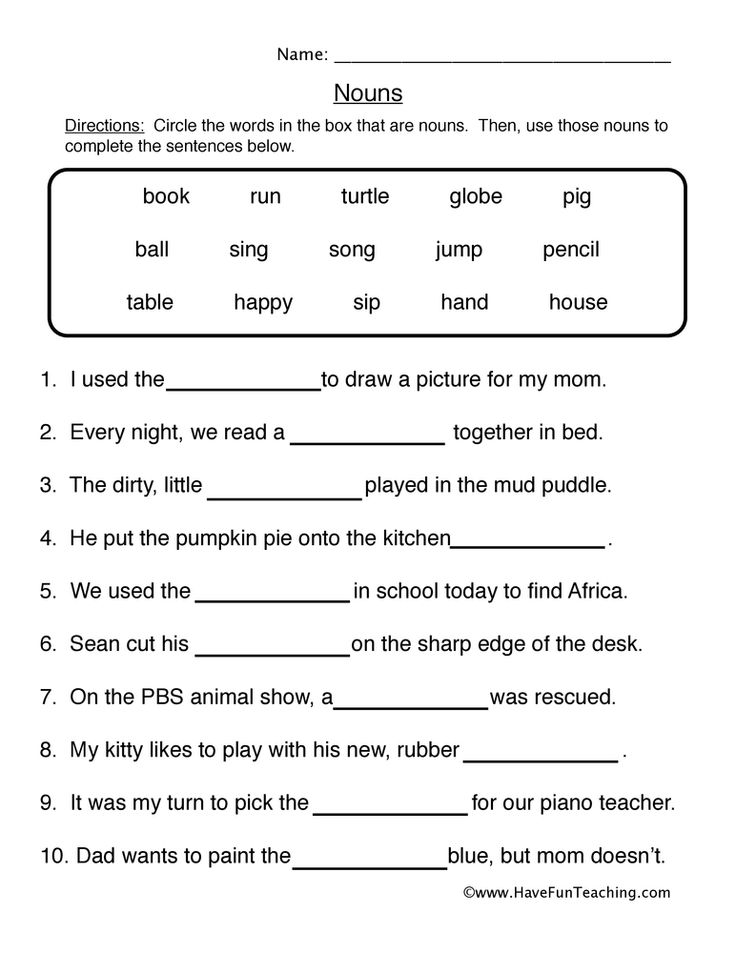 .., white - ..., carrying - ..., writing - ..., black - ..., helped - ...
.., white - ..., carrying - ..., writing - ..., black - ..., helped - ...
2. Write down the verbs. Next, write the same verbs in the 2nd person units h.
fly - ...
dress up - ...
whisper - ...
3. Write the text. Add endings. Specify time and conjugation verbs.
Everything is interesting in the field. Reapers strechoch ... like big grasshoppers. On the current buzzing ... winnowing. A harvester floats in the distance. He approaches the current, pours out ... grain and again goes to thresh the bread.
People work... fun. Brigadier uncle Vasya runs ... from one group of collective farmers to another, advice ..., help ....
Level 2 indefinite form.
Greens - ..., cry - ..., watering - ..., light - ..., loading - ..., feed - …
2. Write down the verbs. Next, write the same verbs in the 2nd person units h
stand - . ..
..
sing - ...
shine - ...
3. Write the text, adding the endings. Specify time and conjugation verbs.
Morning. The green meadow shines brightly in the sun. Smell ... flowers and fresh grass. In the blue sky trembling ..., trembling ..., slowly a golden star rises up. It's a skylark taking off... over the meadow.
Various bird voices. Come closer and hear ... these sounds.
4. Write down the exception verbs of the II conjugation.
Level 3 indefinite form.
Running - ..., gardening - ..., viewing - ..., feeding - ..., singing - ..., landing - ...
2. Sleep. Give the conjugation and tense of the underlined verbs.
Widely spread collective farms fields. They were recently plowed . Passed warm rain. Got out on light green blades of grass. Cute coltsfoot flowers appear first on bare earth.